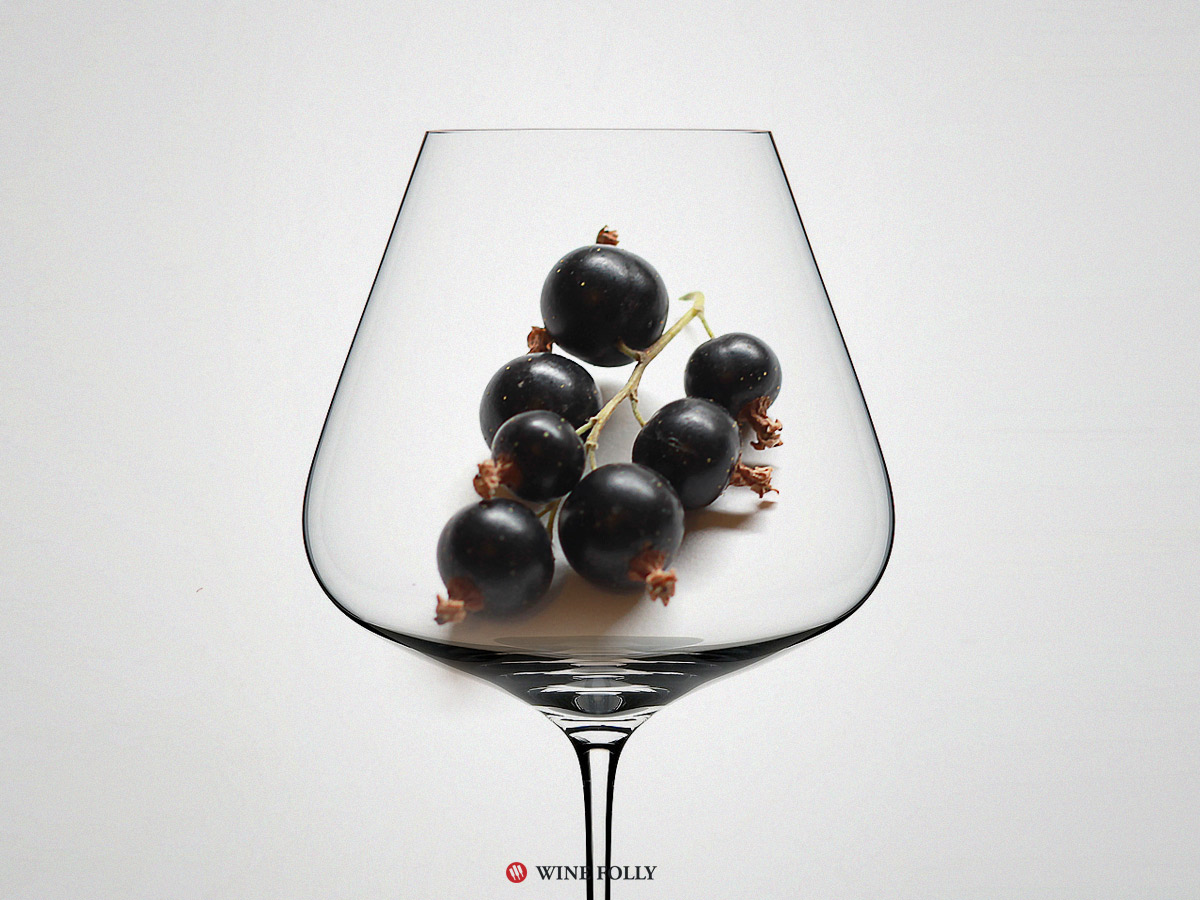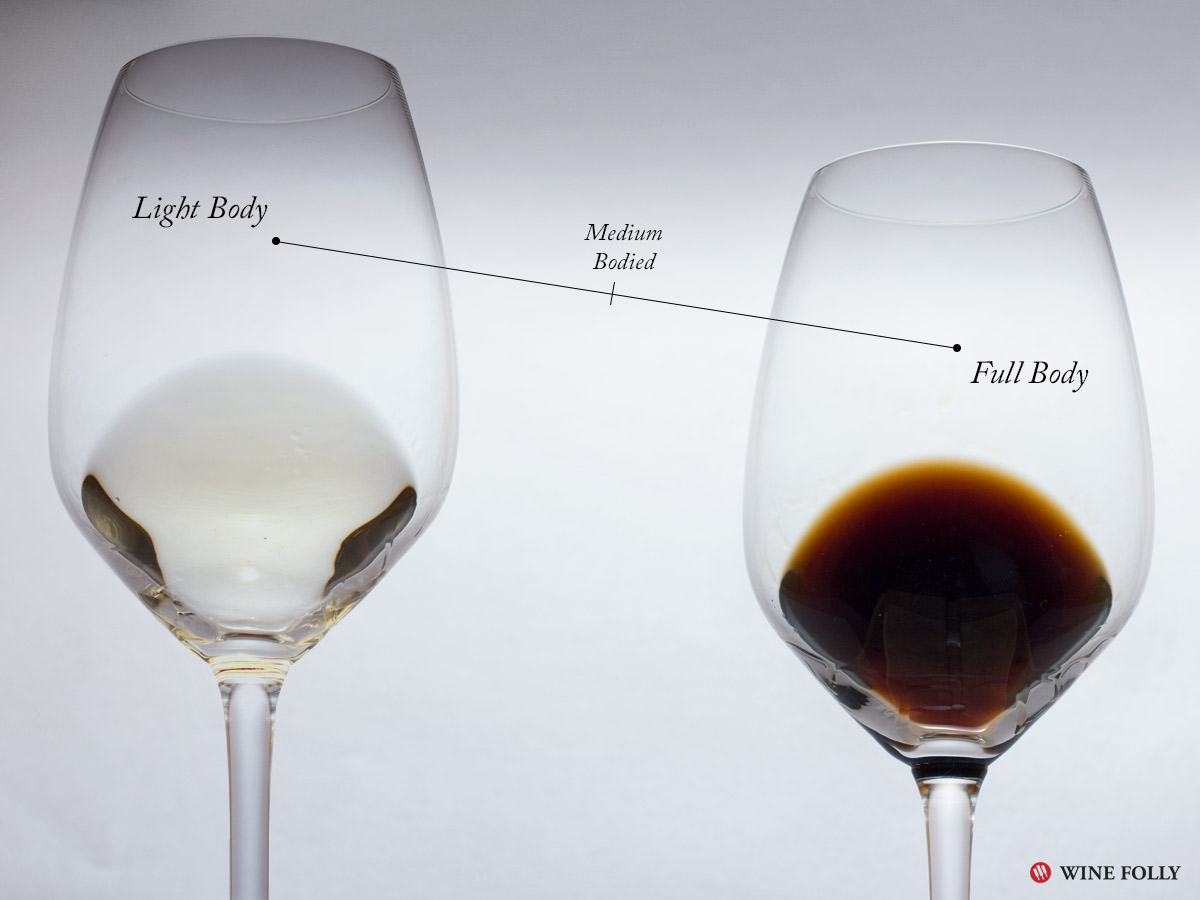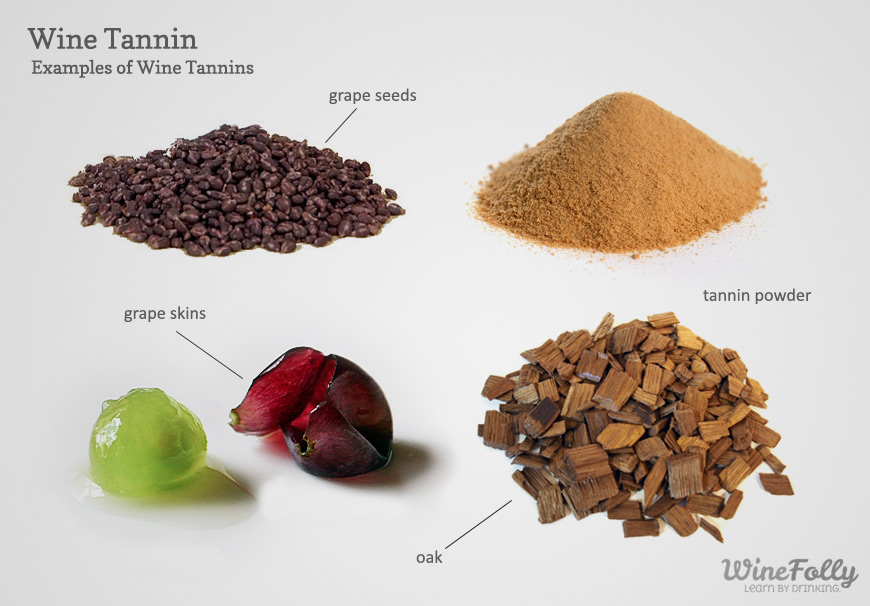When you remove the beautiful label and the distinguished-looking bottle, you will have a wine that you either:
- a.) Enjoy
- b.) Are indifferent to
- c.) Absolutely hate
Because wine isn’t self-evident (like orange juice, which happens to taste exactly like oranges), we rely on a certain set of wine descriptors to communicate and elucidate what wine tastes like. These specific terms and descriptor (a.k.a. wine lingo) are used by everyday people and wine experts alike. Whether it’s off a menu or off the shelf, choosing a great wine comes down to your ability to use the right words.
Here are 9 wine words you need to know:
1. Fruit-forward

The primary flavors in a fruit-forward wine are sweet fruits. So, whether it’s raspberries, blackberries, cherries, or gooseberries (ever try a gooseberry?), the fruit flavors dominate the taste of the wine. Despite how obvious this sounds, it isn’t always the case with wine. After all, wine is a fermented fruit beverage and there are many other interesting flavors it can exhibit based on how it’s produced. That said, generally speaking, certain regions are known for their ability to produce fruit-forward wines. These famously fruit-forward regions include:
- California, Washington, Argentina, Australia, Spain, and Southern Italy.
2. Earthy

The antithesis of fruit-forward is earthy, a.k.a. savory. The primary flavors in an earthy wine are anything but sweet fruit. Yep. Anything from clove and spice to beeswax and rocks (like flint or chalk), chocolate, and even cured meats can be noted in certain wines. You may also find some fruit flavors if you’re an awesome taster, but they are usually not as sweet. For example, wild strawberry, sour cherry, or black currant (the earthiest of all the berries) are commonly used terms to describe earthier wines. There are a few regions famous for making amazing earthy wines (particularly red wines) and they are:
- Chile, France, Northern and Central Italy, Austria, Oregon, and New York.
Are you a fruit or earth lover?
If you can’t stand to drink your coffee (or tea) without sugar and cream, then you’re definitely on the fruit-forward end of the wine spectrum. If you don’t drink coffee or tea, well, we’re impressed… and a little scared.
3. Body Light, Medium, or Full

A wine’s body refers to how much you feel the weight of the wine on your palate (in your mouth). Body isn’t the result of any one particular characteristic in wine, but rather a culmination of several characteristics interacting together as the wine sweeps across your tongue. For example, wines with high alcohol levels (14%+ ABV) or high sweetness give the impression of a fuller body. Depending on your preference and mood, you might like a light-, medium-, or full-bodied wine and can use these three terms to steer the wine steward to the perfect choice.
4. Dry a.k.a. Not Sweet
To say that a wine is dry doesn’t mean the wine has evaporated, it means the wine isn’t sweet. Sweetness in wine is a rather peculiar trait because some dry-tasting wines actually have a tiny bit of residual sugar in them (from the grapes). Not to worry, though, when talking about wine, most people refer to the sensation of sweetness by using 1 of 3 terms: dry, off-dry (a teensy bit sweet), or sweet. The majority of wines that aren’t from a box or have some fruit flavoring (or chocolate) added to them are dry.
5. Tannin

Tannin isn’t the stuff that red wine headaches are made out of, it’s actually a fascinating attribute that contributes to the taste and body of red wine. Red wine will either have low, medium, or high tannin. Raw, unabashed tannin is very astringent and somewhat bitter: like licking a used wet tea bag or putting a piece of chalk in your mouth (you’ve got to try it!). In red wine, tannin comes together in subtle amounts and adds a prickly drying sensation on your tongue and on the roof of your mouth (in fact, a lot of people mistake tannin for “dryness”). For example, a well-known red wine variety with lower tannin is Pinot Noir and higher tannin variety is Cabernet Sauvignon.
Too much tannin?
Generally, women are more sensitive to the bitterness in high tannin wines than men. Read more about supertasters.
6. Finish Tart, Bitter, Sweet, Smoky
A wine’s finish refers to the sensations that take place in your mouth after you swallow a mouthful of wine. Wine typically leaves a residual taste in your mouth that’s either sweet, tart, bitter, smoky, or some combination of the above. When it comes to fine wine, the finish is a deciding characteristic between an 85- and 90-point rating. As a personal skill, you might try paying attention to what you like about the finish on different wines, so you can describe the “yays” or the “nays” to your friendly local wine salesperson. A good wine steward will know exactly what you’re talking about.
7. Typicity a.k.a. Typicality
Typicity or typicality is how much a wine tastes like the region where it was grown. As much as this sounds like nonsense, it’s actually a clever way to get out of the clutches of low-end wines that fill grocery store shelves. Also, it really does make a difference. Go buy a Malbec from France and one from Argentina and you will be like “omfg, Wine Folly was not lying!” By asking for a wine with typicity, you’ll get the true taste of an area. This is our favorite way to explore wine, period.
8. Complexity a.k.a. Layered
Another way to safely steer yourself away from bulk wine drudgery is to seek out wines with complexity. A complex wine is one that has many different flavors that evolve over time in your mouth. People refer to these wines as layered, complex, or even intellectually stimulating (not even kidding). Complexity doesn’t come easy, it takes high-quality grapes to make layered wines with a multitude of tastes. Fortunately, there are many affordable, complex wines, and all you have to do is ask for them.
9. Crowd-Pleaser
When all else fails and you need something that will satisfy, ask for a wine that’s sure to be a crowd-pleaser. This sounds odd, but there has emerged a pretty specific taste profile that’s universally loved by most in white and red wines. Crowd-pleaser wines are generally full-bodied, have bold fruit characteristics, and finish on a ripe note. We’re not exactly sure who started calling wines crowd-pleasers (although blogger, 1WineDude has championed it) but the phrase has stuck and it works well to get the good stuff.